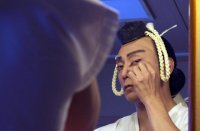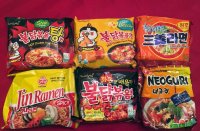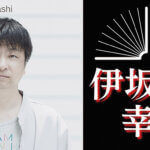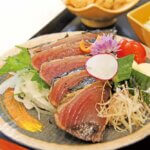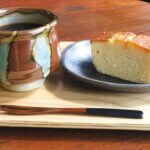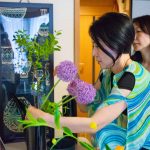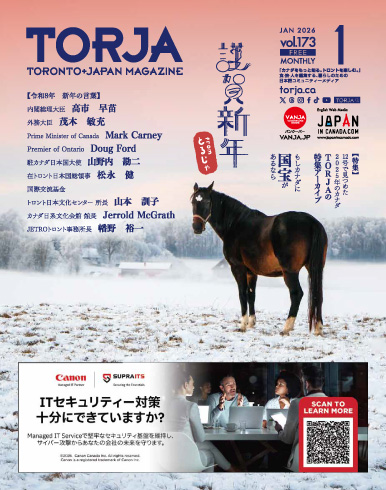To enjoy your start to 2020 to the fullest, read on to learn more about how Japanese people celebrate o-shogatsu in style.
1.Indulge in osechi ryori (おせち料理)
Image from https://www.justonecookbook.com/osechi-ryori-japanese-new-year-food/
Osechi Ryori (お節料理) is the traditional foods enjoyed on New Year’s day in Japan. They come in an assortment of colorful dishes packed together in special boxes called jubako, 2-3 layers of lacquer boxes. The multi-layered bozes symbolize the hope that happiness and wealth come continuously, like the laters. Every dish of these traditional foods has special meaning in welcoming the New Year.
2.Eat toshi koshi soba (年越しそば) on New Year’s Eve
Another common treat just before the turn of the New Years is toshikoshi soba which translates to “passing into the New Year soba”. The tradition started around Edo period (1603-1867) and there are several theories believed that long soba noodles symbolize a long life. The buckwheat plant can survive severe weather during growing period, soba represents strength and resiliency. This custom also lets go of hardship of the year because soba noodles are easily cut while eating.
3.Joya no kane (除夜の鐘)
Every year at the stroke of midnight on New Year’s Eve, Buddhist temples in Japan ring their temple bells 108 times, an event known as joya no kane. The number 108 represents the number of human desires, which according to the Buddhist faith lead to pain and suffering. Joya no kane is a ritual meant to drive away these negative emotions from the past year.
4.Omikuji (おみくじ)
After your prayers at the shrine, head on over to pick small pieces of paper which tell you your luck in the new year. Your luck is categorized into different tiers, from “great blessing” (大吉, daikichi) to “great curse” (大凶, daikyo). There are different categories on omikuji that tell you your yearly forecast for everything from romance to work. If you don’t draw the best luck in omikuji, you can tie your omikuji to one of the stands in the shrine so that the bad luck doesn’t follow you around the year.
5.Kohaku Uta Gassen (紅白歌合戦)
Kohaku (紅白) translates to red and white, and is the title of a New Year’s Eve television tradition where popular musical artists split into two teams: men (the White Team) versus women (the Red Team). At the end of the show, the judges and audience vote to decide the winning team.
6.Give out otoshidama (お年玉)
Every year, kids in Japan receive small envelopes with some cash from their parents, grandparents and close relatives. The tradition originated as an offering of rice cakes called kagami mochi to toshigami-sama, a New Year deity. Those rice cakes, given from parents to children, were called toshidama in the past, and they came to be replaced with small toys, and then with money today.
7.Hatsuhinode (初日の出)
Hatsuhinode is the first sunrise of the new year. People gather on mountaintops, observatories, beaches, and places with a good view of the horizon to catch the hatsuhinode (初日の出) and pray for good fortune and happiness in the coming year.
8.Nengajou (年賀状)
Nenga are New Year’s greetings. Sending nenga greeting cards to friends and family is a popular New Year’s tradition. So at this time of year in Japan, the post office makes a special effort to ensure everyone’s nenga are delivered on New Year’s Day.
9.Kagami Mochi (鏡餅)
Mochi, a type of chewy rice cake, is a classic Japanese New Year’s food. These little round cakes are even used in certain New Year’s decorations, such as the kagami mochi (鏡餅). versions.
10.Fukubukuro (福袋)
Directly translated, fukubukuro means a “lucky bag”, which is a Japanese tradition where department stores and shops fill bags with goods and sell them at a sizeable discount. Some popular shops such as 109 department store in Shibuya have an incredibly long queue in front of them hours before they open on New Year’s Day. The value of the items is often 50% more than the selling price.


